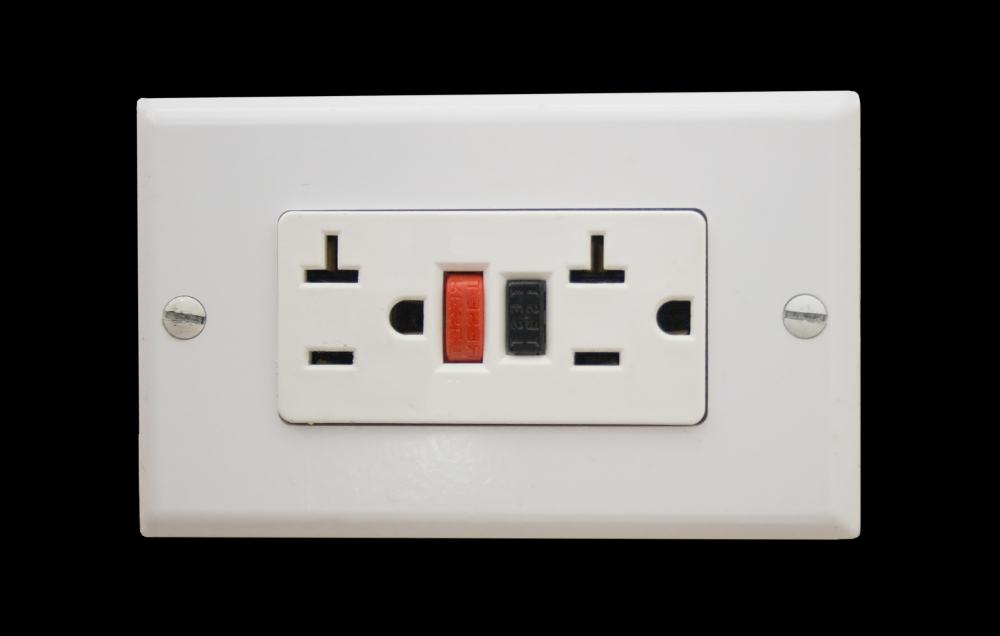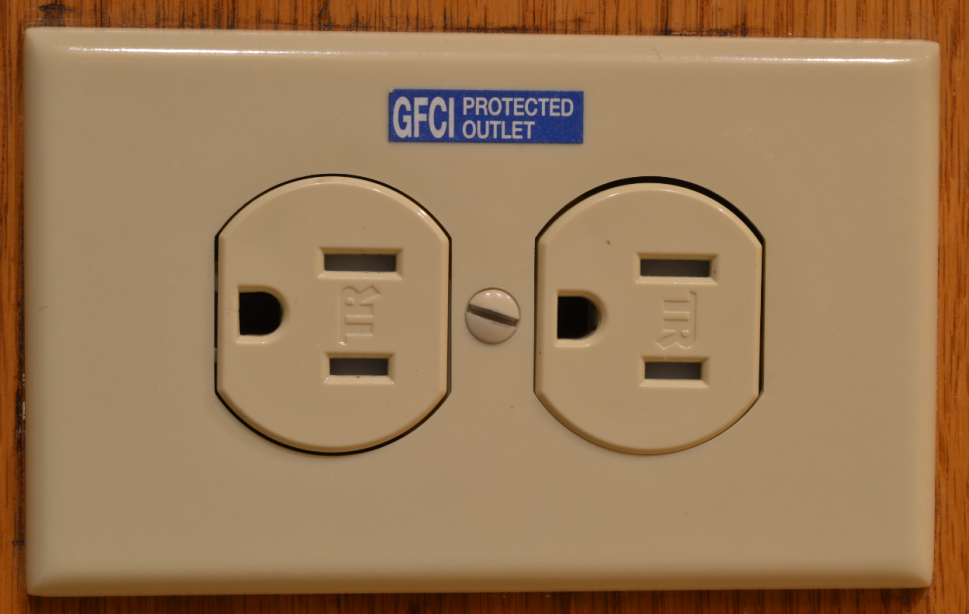GFCI and AFCI; What's the difference?
In a nutshell, they are both designed for electrical safety. A GFCI (ground-fault circuit interrupter) is a specialized electrical receptacle that protects against accidental shock at that outlet. They are the receptacles with the "test" and "reset" buttons (see picture below), although other nearby regular-looking receptacles may be tied to this GFCI. Those receptacles that are tied to a GFCI are called "slaves" and are simply normal looking receptacles that are wired to a nearby GFCI and all have the same safety features. By nearby, I mean along the same kitchen counter, in an adjoining bathroom, or sometimes in the bathroom directly above/below. These normal looking, slave GFCI receptacles should be marked "GFCI protected outlet" with a sticker, but often are not. How a GFCI receptacle works is that it monitors the amount of current flow from hot to neutral. Once there is an imbalance, it trips that circuit. These receptacles should be tested by depressing the "test" button periodically to ensure they are working. You will hear an audible click when tested, indicating that the circuit is no longer active. Press the reset button to reset the outlet. If you do not hear this click, the receptacle is no longer providing adequate protection and should be replaced ASAP. Slave receptacles can be tested with a receptacle tester.
 |
| GFCI Outlet |
 |
| GFCI "Slave" Outlet |
AFCI's are something quite different. An AFCI (arc-fault circuit interrupter) is an electrical breaker found in your electric panel. They are breakers designed to detect arc-faults. An electrical arc happens when a wire becomes loose or is damaged by being nicked or cut. If this happens, the electrical current will "jump" through the space of disconnect or cut with an electrical arc. This electrical arcing usually happens behind the wall and can cause a fire at that location. When arcing is detected, an AFCI breaker will trip and neutralize that circuit. AFCI's can be spotted in your panel box by their unique small test buttons and coiled white wires. These should be tested periodically by pressing the "test" button to ensure they are functioning as intended. The breaker switch will trip and can be reset by flipping the switch off and then back on. Be careful not to touch anything else in this panel as electricity is dangerous. You can certainly hire a qualified licensed electrician to perform these tests for you.
 |
| AFCI Breaker |
GFCI's and AFCI's have not always been required in new home construction. Specific requirements for GFCI's have been implemented and revised throughout the past 48 years. Requirements for AFCI's have been implemented over the past 20 years. There is a very good chance your home is not completely up to current code in this area...most are not.
For more information on these AFCI's and GFCI's, click here.
I am not a professional electrician and am only providing informational perspective and opinion.
If you have any specific electrical safety concerns and/or further questions about AFCI/GFCI outlets, you should contact a professional electrician.


